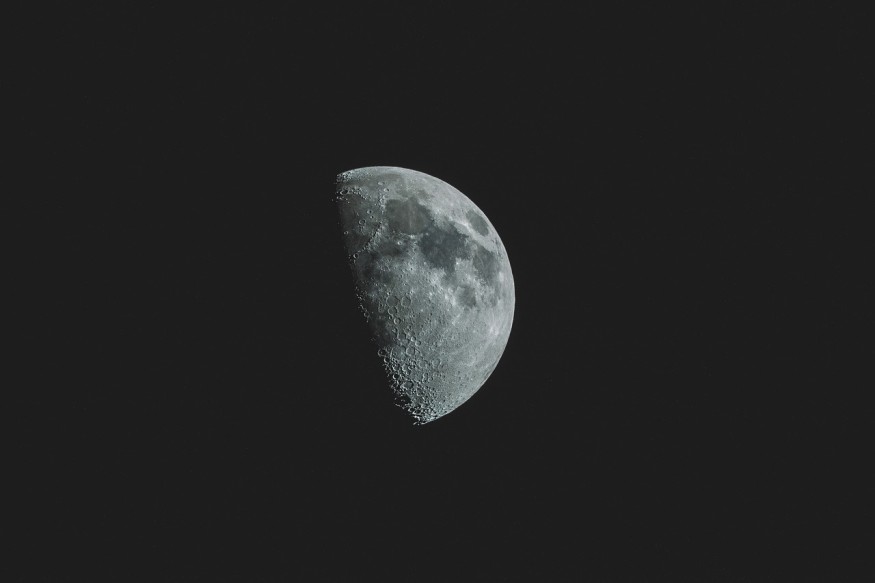Daichi Fujii, a Japanese astronomer and curator of the Hiratsuka City Museum, captured the telltale flash of a meteorite slamming on the Moon, which caused a brief flash on the nightside of the lunar surface. The Space Academy reports that Fujii recorded the event using cameras used in monitoring the Moon.

Meteorite Hits Moon, Creating New Crater
Meteors can cause high-velocity collisions and produce great heat and craters, as well as a bright burst of visible light as they travel at an average speed of 30,000 mph (48,280 kph), or 8.3 miles per second (13.4 km/s), as per Space.com.
The craters on the Moon indicate that meteorite impacts are common and some of them can be observed from Earth if they are large enough and occur in a region facing Earth during lunar nighttime, just like Fujii's recent observation.
Space.com also reported that Fujii used cameras set to watch the moon to capture an incident that happened on February 23 at 20:14:30.8 Japan Standard Time (7:14 a.m. EST, or 1114 GMT). The impact appears to have been caused by a meteorite, and it occurred at Ideler L crater, slightly northwest of Pitiscus crater.
According to Fujii, the freshly formed crater might be a dozen meters (39 feet) in diameter. Perhaps NASA's Lunar Reconnaissance Orbiter or India's Chandrayaan 2 lunar probe could someday observe this newly formed crater to confirm the impact.
On Earth, the vast majority of meteorites burn up completely upon impact with the atmosphere. Yet, because of the Moon's thin exosphere, meteors that cannot reach the Earth's surface frequently collide with it, resulting in the well-known sight of craters. These rocks are constantly bombarding the lunar surface, breaking it down into small particles called lunar soil.
The scientific relevance of capturing these occurrences is that it allows scientists to learn about the frequency of impacts on the lunar surface. This understanding is especially important as space agencies, particularly NASA, prepare to send humans to the moon.
READ ALSO: AI-Powered Imaging Captured High-Definition Craters in Lunar Poles Containing Water Frozen in Time
How Often Do Meteorites Hit the Moon?
The number of meteorites hitting the Moon could depend on their size. Bill Cooke, head of NASA's Meteoroid Environment Office at NASA's Marshall Space Flight Center in Alabama, told Live Science that impactors which are smaller than a millimeter could not be precisely calculated. However, he said that about 11 to 1,100 tons of dust collide with the Moon per day.
Larger rocks are easier to calculate. Cooke said that about 100 ping-pong ball-sized meteoroids hit the Moon every, adding up to an estimated 33,000 meteoroids per year. Despite their small size, these rocks could impact the surface with a force of 7 pounds (3.2 kilograms) of dynamite.
But bigger space rocks hit the lunar surface less often. Cooke estimates that this 8-foot-wide (2.5 meters) meteors slam into the Moon every four years. They hit the surface with a force of 1,000 tons (900 metric tons) of TNT. The Moon is estimated to be 4.5 billion years old; and over those years, its different kinds of craters were all from space rock impacts.
RELATED ARTICLE:
Moon's Dark Spots Were Caused by a Major Asteroid Impact 4.3 Billion Years Ago
Check out more news and information on Space in Science Times.
© 2025 ScienceTimes.com All rights reserved. Do not reproduce without permission. The window to the world of Science Times.












